Athletes have unique needs that they must communicate clearly to their therapists. While some may seek deep tissue massage to target specific muscle groups and alleviate tension from rigorous training, others might prefer a gentler approach focused on enhancing flexibility and mobility. Understanding the contrast between individual athlete preferences is key for therapists to provide tailored treatments that optimize athletic performance and aid in recovery. By effectively conveying their requirements and goals during sessions, athletes can ensure that they receive massages designed to address their individual concerns and enhance overall well-being.
Understanding Sports Massage And Its Benefits For Athletes
Benefits Of Sports Massage For Athletes
Sports massage is crucial for athletes as it is tailored to enhance their performance. This specialized therapy, performed by a therapist, aids in injury prevention, boosts flexibility, and expands range of motion. By addressing specific muscle groups and targeting problem areas, athletes can see significant improvements in their overall athletic abilities.
Athletes often face the risk of injuries due to intense physical activity. Sports massage therapists plays a vital role in mitigating these risks by reducing muscle soreness and enhancing blood circulation throughout the body. This form of therapy, facilitated by a massage therapist, facilitates quicker recovery post-exercise sessions or competitions, allowing athletes to maintain peak performance levels consistently.
Importance Of Communicating With Your Therapist
To maximize the benefits of sports massage, effective communication between athletes and their therapists is key. It is essential for athletes to convey any specific issues they are experiencing such as tightness in certain muscles or recurring pain from previous injuries. By providing this information upfront, therapists can tailor the massage techniques to address these concerns effectively.
Moreover, discussing personal preferences with the therapist during a sports massage session is crucial. Whether an athlete prefers deeper pressure on certain muscle groups or has sensitivity in particular areas that require gentler treatment, communicating these preferences to the therapist ensures a customized massage experience that aligns with individual needs. This open dialogue allows therapists to adjust their approach accordingly, leading to a more beneficial and satisfying session for the athlete.
Customizing Massage Therapy To Meet Athlete Needs
Communicating Specific Goals And Concerns
Athletes play a crucial role in customizing their massage therapy sessions by communicating their specific goals and areas of concern to their therapist. By openly discussing what they aim to achieve through the massage, athletes enable therapists to tailor the session accordingly. For instance, a runner might seek relief from tight calf muscles with a massage, while a weightlifter could be looking to enhance flexibility in certain muscle groups.
Therapists rely on massage input to understand an athlete’s unique needs fully. This information empowers them to select appropriate massage techniques that align with the athlete’s objectives and physical condition. Effective communication between athletes and therapists is key in ensuring that the massage session caters precisely to the individual athlete’s requirements.
Tailoring Techniques For Optimal Performance
Customized massage therapy involves tailoring techniques based on an athlete’s sport and individual needs. For example, a swimmer may benefit from deep tissue massage targeting shoulder muscles due to repetitive overhead motions involved in swimming. In contrast, a basketball player might require more focus on leg muscles for better agility and endurance on the court.
Communicating With Your Therapist: What To Share
Existing Injuries And Medical Conditions
Inform your therapist about any injuries, medical conditions, or massage you have. This information is crucial as it helps them tailor the massage to suit your specific needs. For instance, if you have a knee injury, they can avoid putting pressure on that area.
Athletes often push their bodies to the limit, leading to various injuries over time. By sharing this information with your therapist, they can adjust the massage techniques accordingly. If you have a shoulder injury from weightlifting, letting them know ensures they don’t aggravate it during the session.
Training Routines And Competitions
Sharing details about your training routines, upcoming competitions, and massage is essential for effective communication with your therapist. This information enables them to understand the physical strain your body endures regularly. For example, if you’re a runner preparing for a marathon, they may focus on loosening tight leg muscles through massage.
Your therapist can plan the massage sessions more effectively when aware of your upcoming events or competitions. Suppose you have an important game approaching and need peak performance; informing them allows for targeted treatment areas like calves or thighs before the event.
Key Techniques And Modalities In Sports Massage
Deep Tissue Massage
Deep tissue massage is a technique that targets deep muscle layers to release tension and promote healing. This type of massage focuses on reaching the muscles beneath the surface muscles, where many athletes experience tightness and soreness. By applying firm pressure along the grain of the muscles, therapists can help break down adhesions and knots through massage.
Athletes often benefit from deep tissue massage as it helps alleviate chronic muscle pain, improve blood flow, and reduce inflammation. For instance, runners who frequently experience tight calves or hamstrings may find relief through deep tissue massage techniques that specifically target these areas. Weightlifters dealing with muscle strains can benefit from massage to speed up recovery time.
Pros:
- Effective for releasing chronic muscle tension
- Promotes faster healing by improving blood circulation
Cons:
- May cause temporary soreness after the session
Myofascial Release
Myofascial release is another essential technique in sports massage that focuses on releasing tight fascia surrounding muscles. Fascia is a connective tissue that can become restricted due to overuse or injury, leading to decreased mobility and increased pain. Therapists use gentle pressure to stretch and manipulate fascia during myofascial release sessions.
Athletes commonly seek myofascial release therapy and massage for conditions like plantar fasciitis or IT band syndrome. These issues are often caused by tight fascia restricting movement in specific areas of the body. By incorporating myofascial release and massage into their treatment plan, athletes can improve flexibility and reduce discomfort associated with these conditions.
Key Information:
- Helps improve range of motion by addressing restrictions in fascia through massage.
Timing And Frequency Of Sports Massages For Optimal Performance
Pre-Event Massage Benefits
Pre-event massages are essential for athletes, ideally performed within 48 hours before a competition. These massages aim to enhance performance by increasing blood flow to muscles, improving flexibility, and reducing muscle tension. By loosening tight muscles and preparing the body physically and mentally for the upcoming event, pre-event massages can significantly benefit an athlete’s performance on competition day.
Regular pre-event massages also help in identifying any potential muscle imbalances or areas of concern that could affect an athlete’s performance. Addressing these issues beforehand through targeted massage therapy can prevent injuries during competitions and training sessions. Pre-event massages provide athletes with a sense of relaxation and readiness, allowing them to focus better on their performance without distractions or discomfort.
Pros:
- Enhances performance
- Increases blood flow
- Reduces muscle tension
Cons:
- May not be suitable for all athletes due to individual preferences
Post-Event Recovery Importance
Post-event massages play a crucial role in an athlete’s recovery process after intense physical activity. These massages aid in reducing muscle soreness, fatigue, and inflammation caused by strenuous workouts or competitions. By promoting relaxation and improving circulation to damaged tissues, post-event sports massages help speed up the recovery process so athletes can return to training sooner.
In addition to physical benefits, post-event sports massages also have psychological advantages for athletes. The calming effects of these sessions, including massage, can alleviate stress accumulated during competitions or rigorous training routines. Athletes often experience mental clarity and emotional well-being after post-event sports massages due to the release of endorphins triggered by the therapeutic touch.
- Regular maintenance between events prevents injuries.
- Helps maintain optimal muscle health.
- Identify potential issues before they become severe problems.
Rehabilitation Techniques And Injury Prevention
Importance Of Sports Massage In Injury Rehabilitation
Sports massage is vital for rehabilitating injuries as it boosts circulation, reduces scar tissue, and enhances flexibility. By promoting blood flow, sports massage aids in the healing process post-injury. This type of massage also helps to break down adhesions that form within muscle tissue due to repetitive movements or overuse.
Therapists often incorporate specific stretching techniques during sports massages to restore range of motion in injured areas. These stretches not only assist in recovering from injuries but also play a crucial role in preventing future ones. By focusing on stretching tight muscles and massage, athletes can maintain optimal flexibility and reduce the risk of strains or sprains.
Personalized Injury Prevention Strategies Through Sports Massage
One significant benefit of sports massage is its ability to identify muscle imbalances that may lead to injuries if left unaddressed. Therapists trained in sports massage can pinpoint areas of weakness or imbalance and develop tailored injury prevention strategies for athletes based on their unique needs. For instance, if an athlete has weaker muscles on one side due to previous injuries, targeted exercises and stretches can help correct these imbalances.
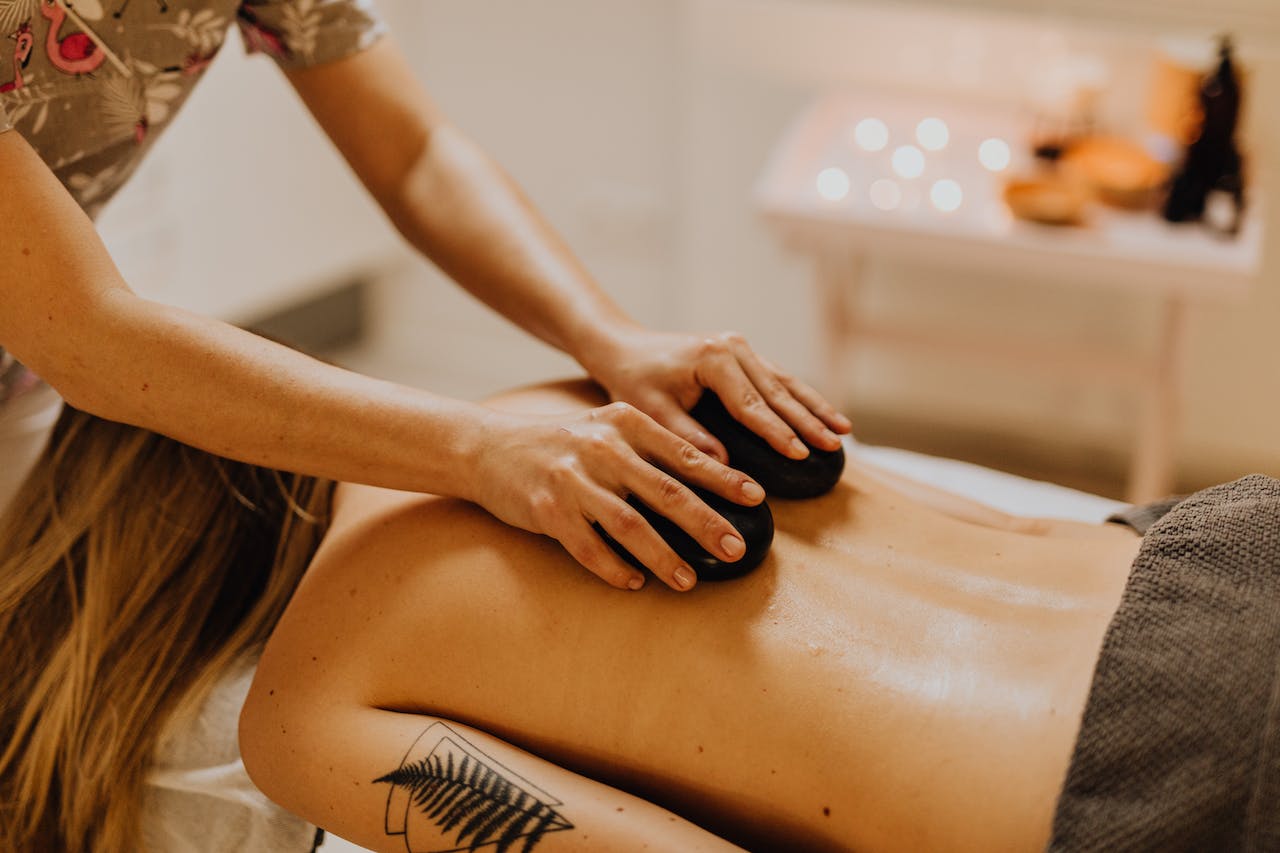
Integrating Sports Massage With Other Recovery Modalities
Enhancing Treatment Benefits
Sports massage can be combined with cryotherapy or heat therapy to improve recovery outcomes. For instance, using cryotherapy after a sports massage session can help reduce muscle soreness and inflammation. The combination of massage and these modalities can speed up the recovery process for athletes.
Complementary therapies like acupuncture or chiropractic care may also be suggested by therapists to supplement sports massage. Acupuncture, when paired with sports massage, can target specific pain points effectively. On the other hand, chiropractic adjustments post-massage can ensure proper alignment and joint mobility for athletes.
Accelerated Healing And Performance Optimization
Integrated recovery plans that include various modalities such as massage have been shown to accelerate healing in athletes. By combining massage and different treatments strategically, therapists aim to reduce inflammation while enhancing overall performance potential. Such comprehensive approaches, including massage, not only aid in physical recuperation but also contribute significantly to optimizing athletic performance.
Training And Certification For Sports Massage Therapists
Specialized Training
Sports massage therapists receive specialized training to cater to the unique needs of athletes. They learn about the different types of injuries and stress that athletes face.
These therapists understand how to work with both professional athletes and weekend warriors, tailoring their massage techniques accordingly. They are trained to identify specific muscle groups that need attention based on an athlete’s sport or activity level.
Certification Programs
Certification programs equip sports massage therapists with knowledge in anatomy, physiology, and various massage techniques. Through these courses, therapists learn about the impact of movement and massage on muscles and joints.
Therapists also gain insights into how massage stress affects athletic performance and recovery. By understanding these aspects, they can provide more effective massages tailored to each athlete’s needs.
Equipment And Supplies For Effective Sports Massage
Essential Equipment For Sports Massage
Sports massage therapists require specific equipment to provide effective massages. A massage table is essential, providing a comfortable surface for the athlete. Oils or lotions are used during the massage to reduce friction and enhance the therapist’s movements. Clean linens ensure hygiene and comfort during the session.
To deliver a comprehensive sports massage experience, additional tools can be beneficial. For instance, foam rollers help in releasing muscle tension before or after a workout. Similarly, using massage balls can target specific areas of tightness or pain effectively. Percussion devices aid in deep tissue massage, enhancing recovery post-exercise.
High-Quality Supplies For Optimal Results
Investing in high-quality supplies is crucial for sports massage therapists as they contribute to the overall effectiveness of the treatment. Quality oils and lotions used in massage not only improve glide but also nourish the skin while ensuring client comfort throughout the session. Clean linens promote hygiene by preventing cross-contamination between clients during massage.
Closing Thoughts
You’ve now got the playbook on sports massage tailored for athletes. Remember, communication is key with your therapist; spill the beans about your aches, pains, and massage. Timing matters, so don’t skip those massages before or after you hit the field. Blend in other recovery tricks like a smoothie recipe or a massage – mix it up! And hey, if you’re aiming to be a sports massage guru yourself, get that certification! Now go crush those goals and keep those muscles happy!
Frequently Asked Questions
1. What Are The Benefits Of Sports Massage For Athletes?
Sports massage can enhance performance, aid in recovery, prevent injuries, and promote overall well-being for athletes. By targeting specific muscle groups and addressing individual needs through massage, it helps optimize physical condition and improve flexibility.
2. How Can Athletes Communicate Effectively With Their Massage Therapist?
Open communication is key. Athletes should clearly articulate their goals, areas of concern, pain levels, preferences, and massage to the therapist. Providing feedback during the session ensures that the therapy is tailored to meet their specific needs.
3. Is It Necessary For Sports Massage Therapists To Undergo Specialized Training?
Yes, specialized training is crucial for sports massage therapists to understand athlete-specific requirements and techniques. Certification programs equip therapists with knowledge on injury prevention, rehabilitation strategies, massage, and advanced modalities essential for working with athletes effectively.
4. What Equipment And Supplies Are Essential For An Effective Sports Massage Session?
Essential supplies for massage include quality oils or lotions suitable for deep tissue work, clean linens or towels for draping, a comfortable table with proper support features like face cradle attachments. Additionally, therapists may use tools like foam rollers or percussion massagers as needed.
5. How Often Should Athletes Receive Sports Massages To Optimize Performance?
The frequency depends on individual factors such as training intensity, recovery time needed between sessions, competition schedules, and massage. Typically, athletes benefit from regular massages ranging from weekly sessions during intense training periods to bi-weekly or monthly maintenance sessions during off-seasons.
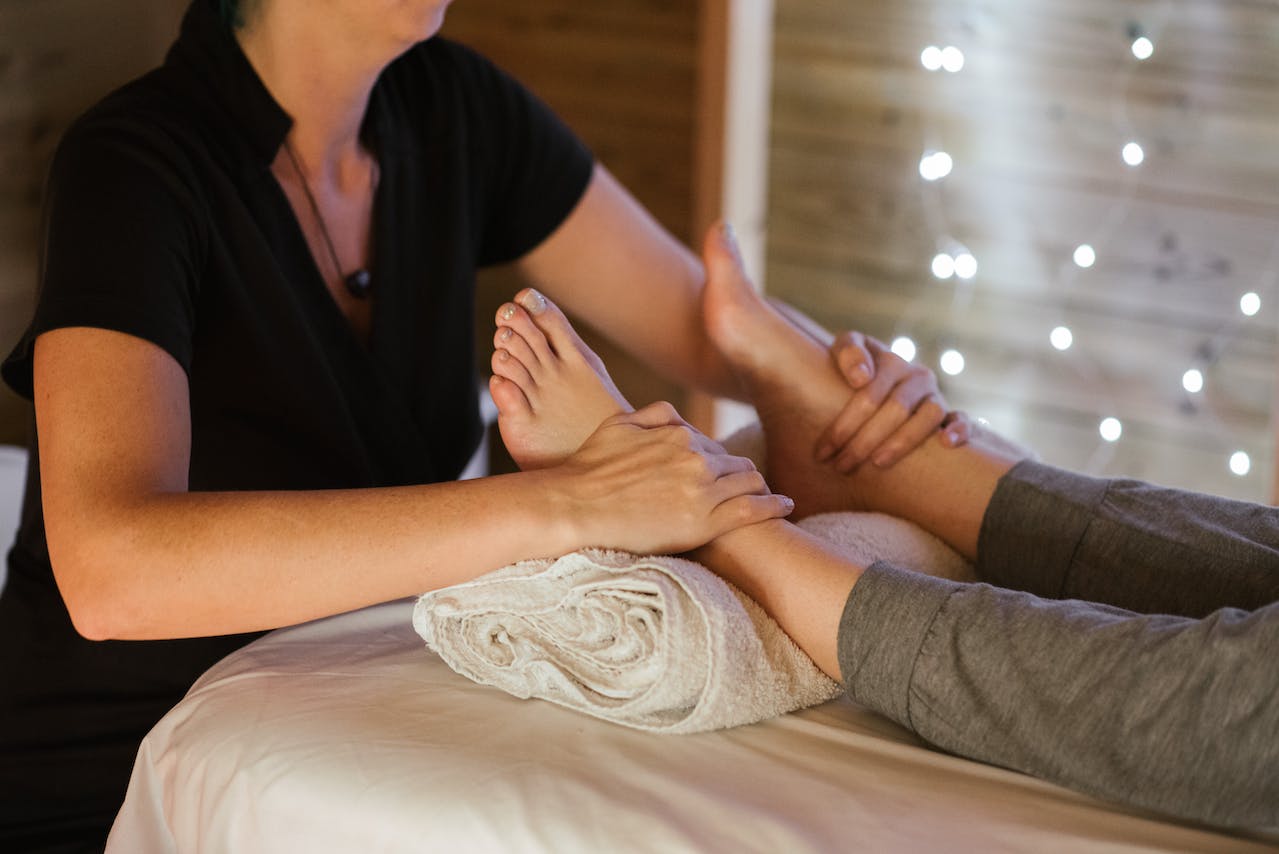
Unlocking Peak Performance: Elevate Your Athletic Abilities With Medicinevolution’s Specialized Massage Therapy!
Are you an athlete facing the challenges of muscle soreness, sports injuries, or striving for optimal performance? MedicinEvolution is at the cutting edge of combining massage therapy and sports science to propel you toward your peak physical condition. By leveraging the latest in sports massage techniques, MedicinEvolution targets the specific needs of athletes, addressing the root causes of your muscular discomfort and enhancing your recovery process. Say goodbye to the limitations of muscle stiffness, sports-related injuries, and the repetitive strain that hinders your athletic progress—as MedicinEvolution delves into the unique demands of your athletic body, steering you toward significant improvement. Their expertly crafted massage therapies are designed to transition you away from the discomfort and challenges restricting your performance.
If you’re contending with persistent muscle soreness, injuries, or the daunting barriers to achieving your full athletic potential, MedicinEvolution’s specialized approach, rooted in the synergy of massage therapy and athletic science, is tailor-made for you. Don’t let the hurdles of sports injuries or muscle discomfort dictate the boundaries of your athletic journey—take the initiative and book your session with MedicinEvolution today! Embark on a path with their athlete-focused massage therapy techniques and begin advancing towards a stronger, more resilient, and performance-enhanced athletic life. Your body and mind, freed from the constraints of discomfort, will thank you for it!

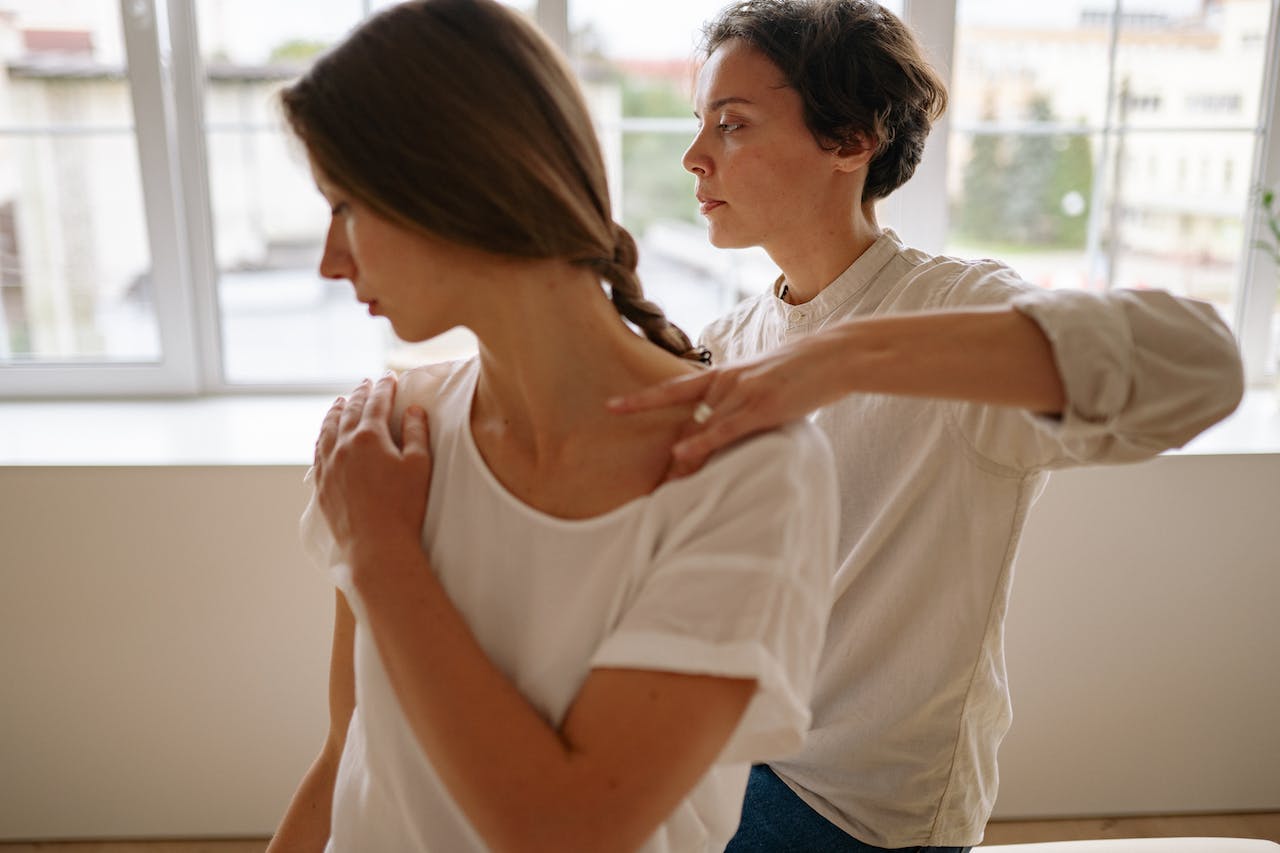

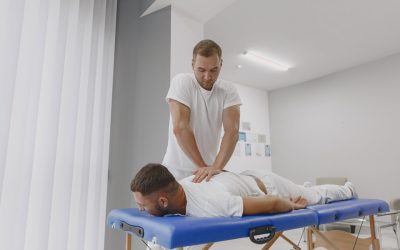
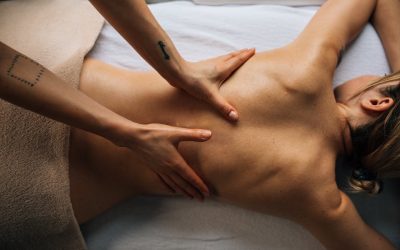
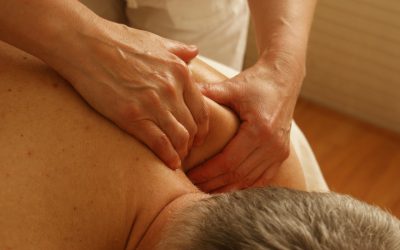
0 Comments